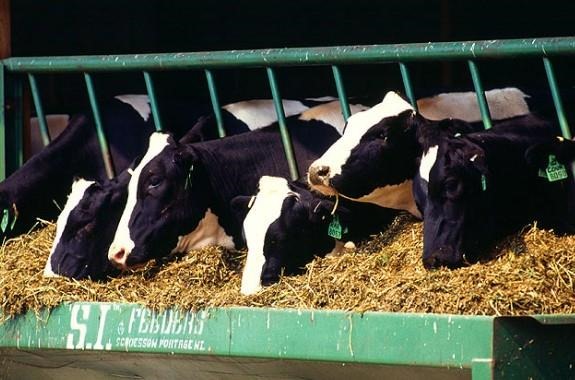By Pam Knox
If you’re a dairy farmer, feeding leftovers or scraps to cows is nothing new. As long as you keep their diets well balanced, cows can eat a surprising variety of things and stay healthy. But feeding leftovers to cattle also provides another benefit–it reduces food waste, one of the biggest contributors to greenhouse gas emissions. Here is a recent story about California dairies’ use of almond hulls, spent grains, and other leftover food to cut methane emissions by diverting edible food products out of landfills, where they produce methane as they decompose. You can read it at Inside Climate News here.

Source : uga.edu